El Salvador: Suchitoto
Pubblicato: 08.04.2018
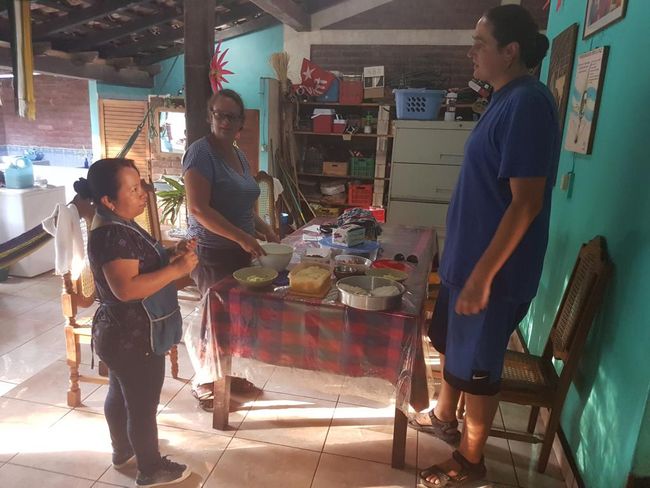
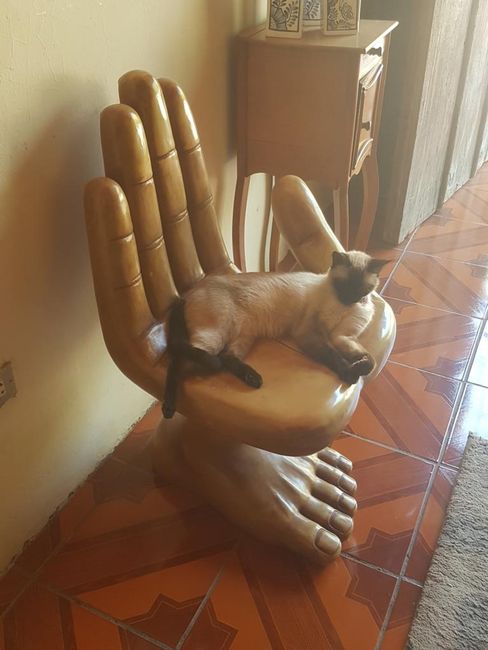
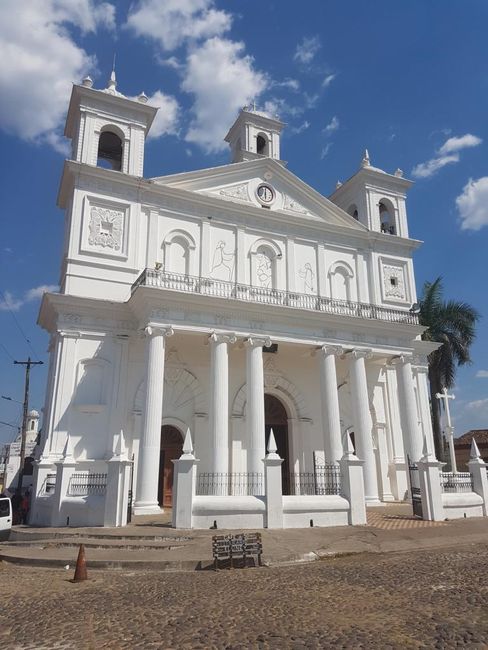
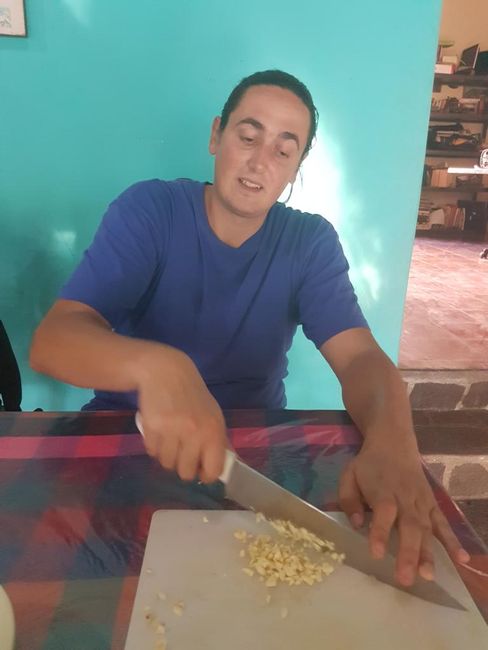
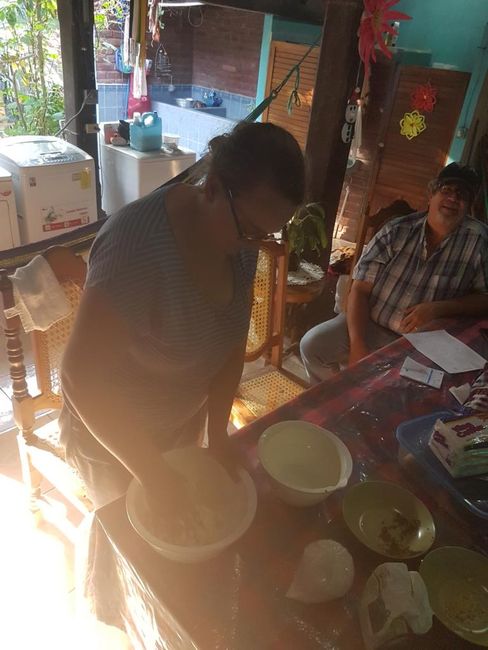
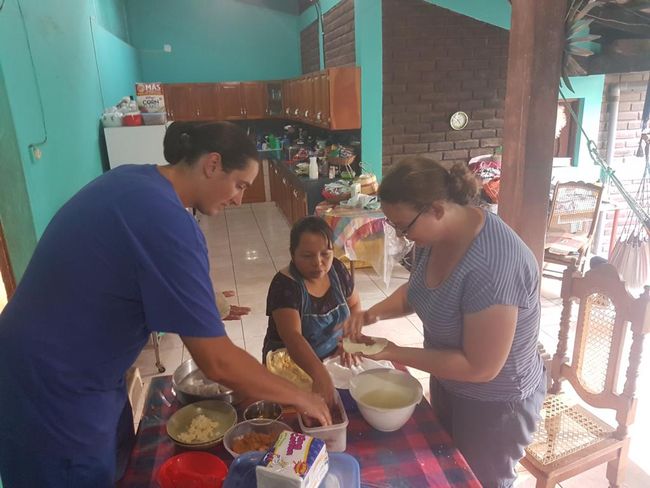
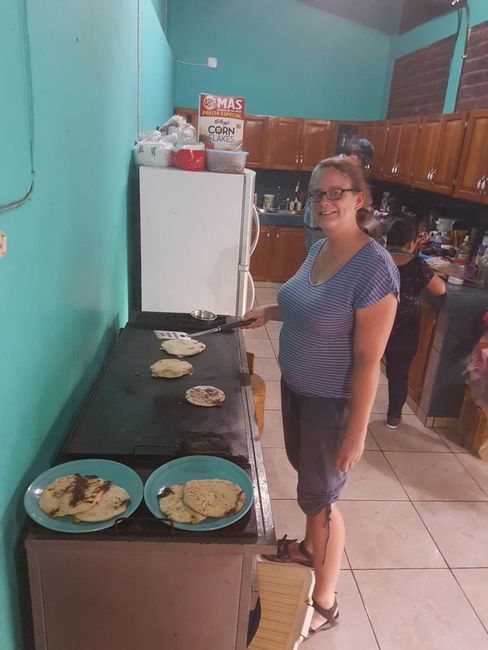
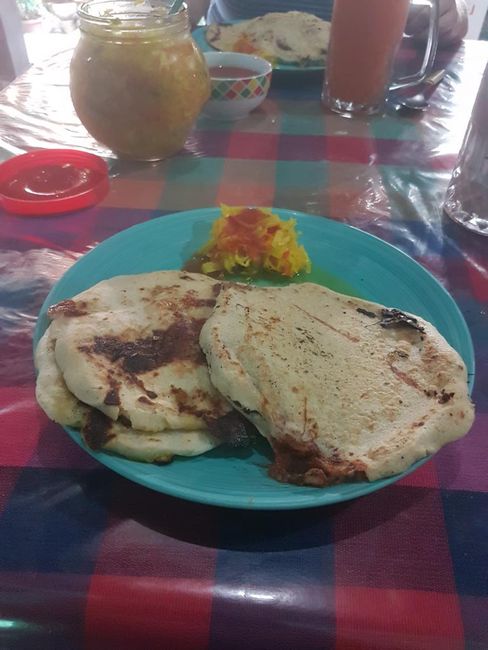
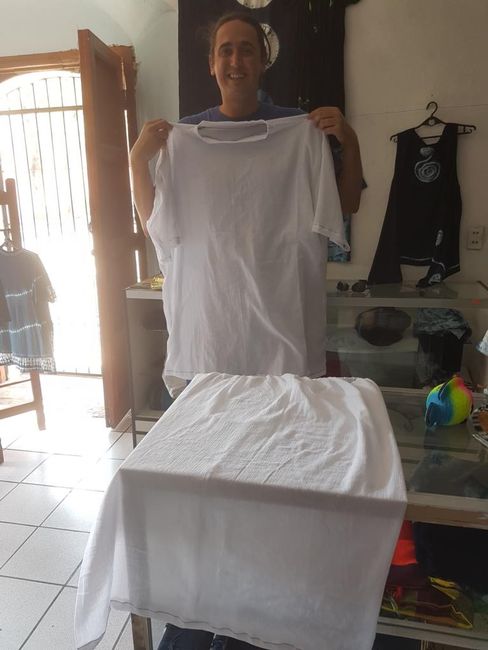
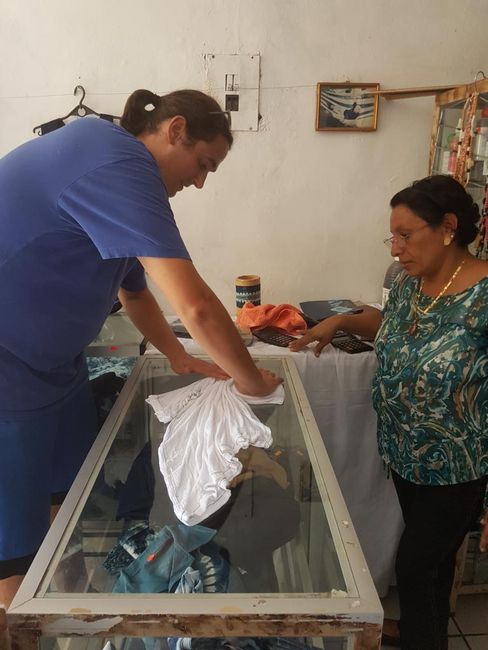
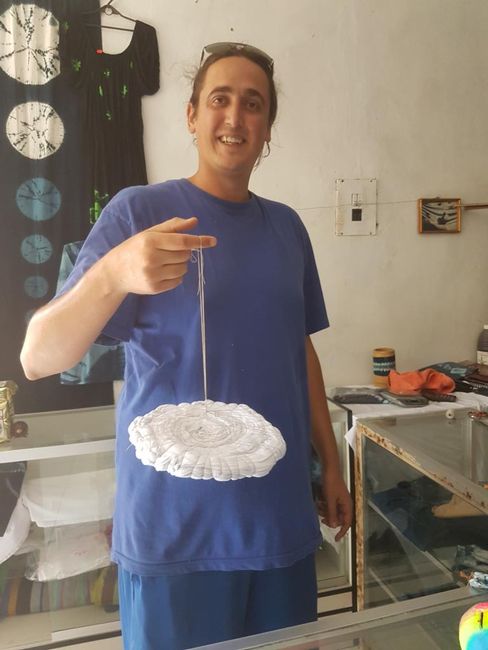
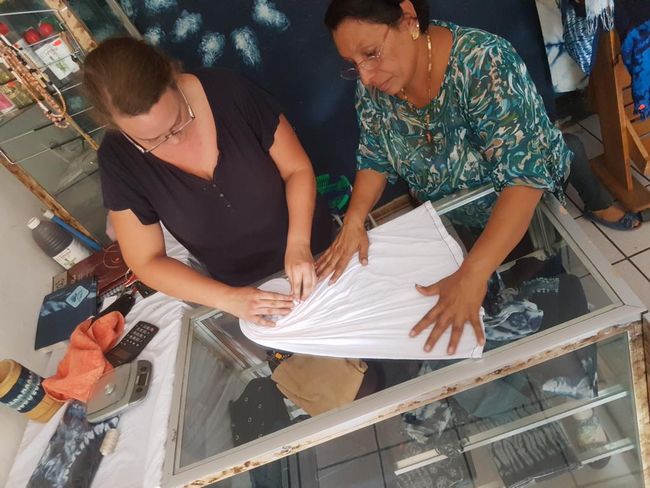
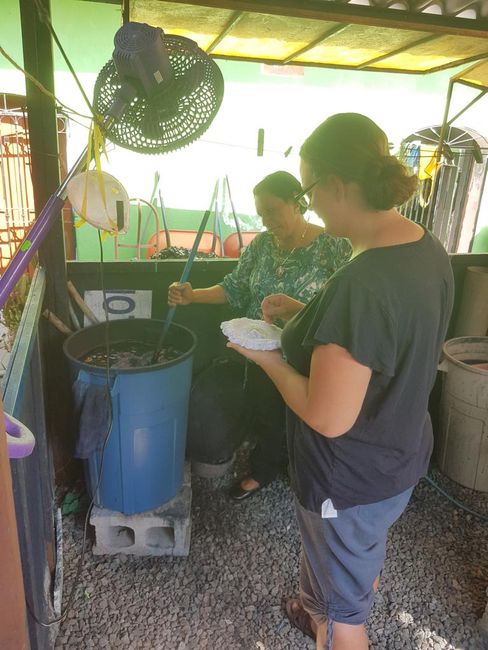
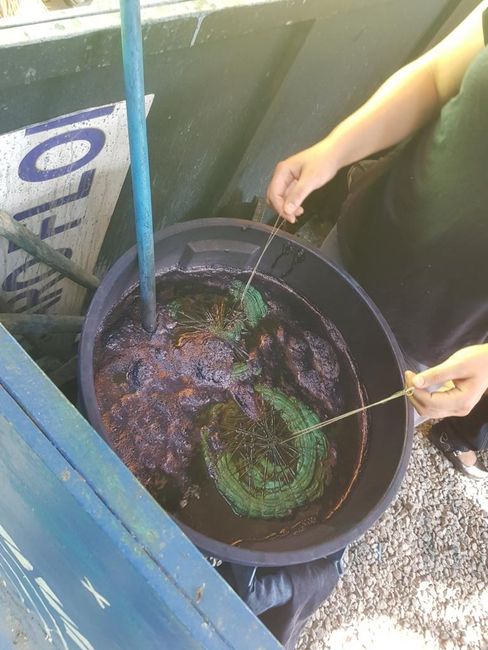
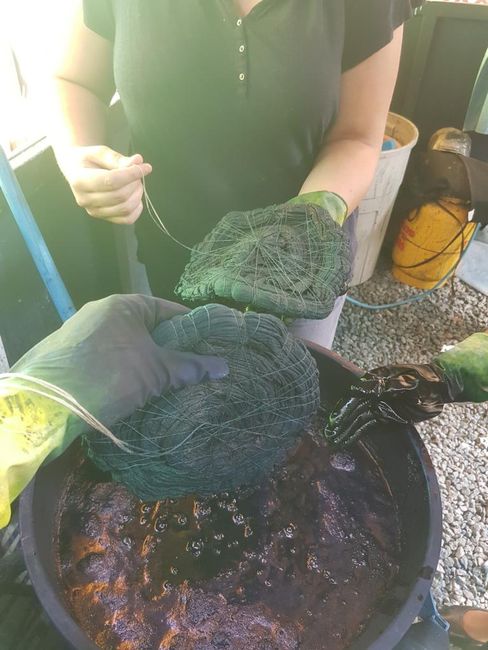
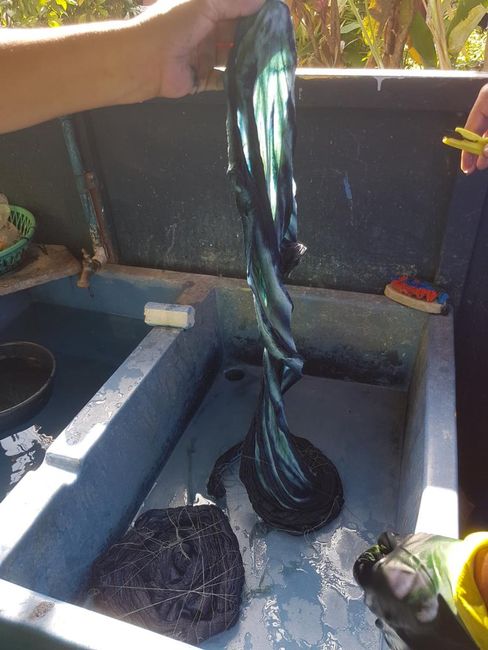
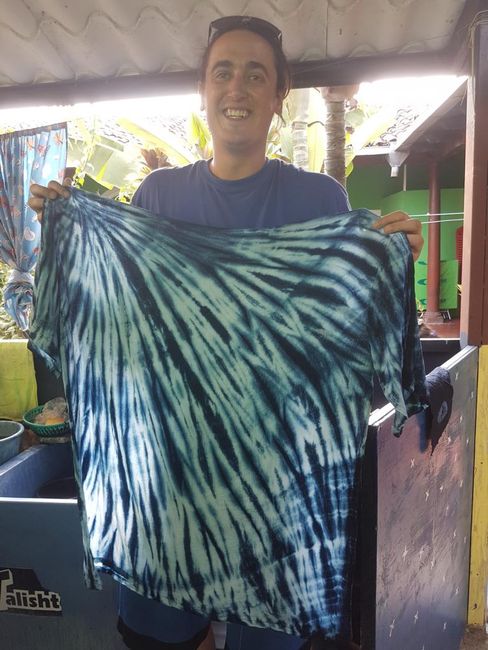
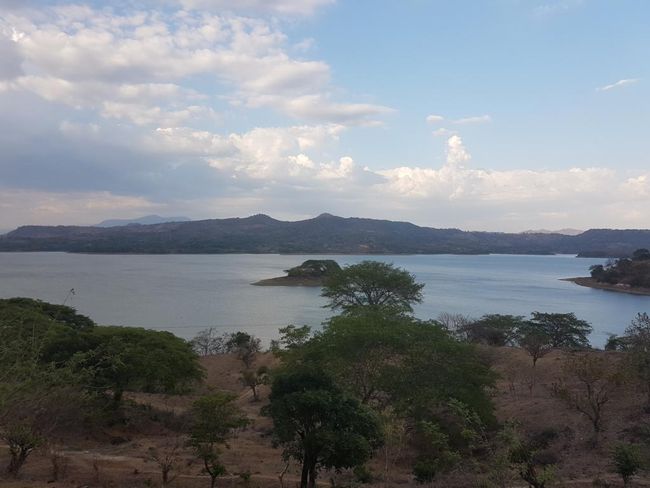
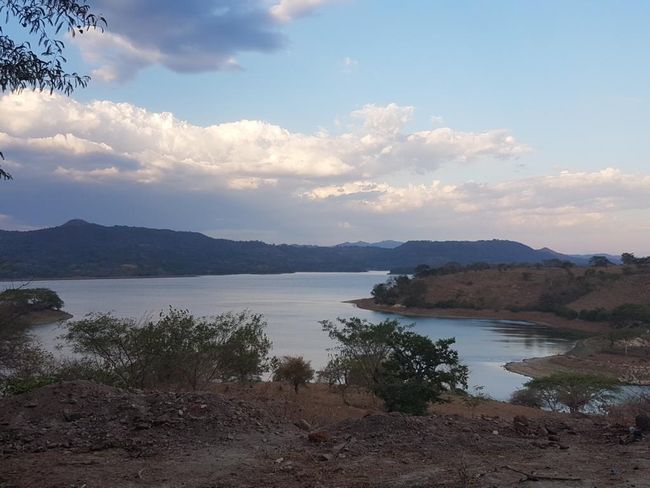
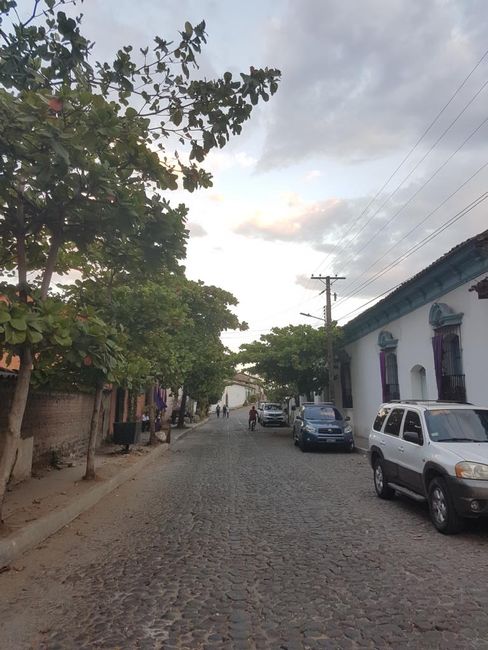
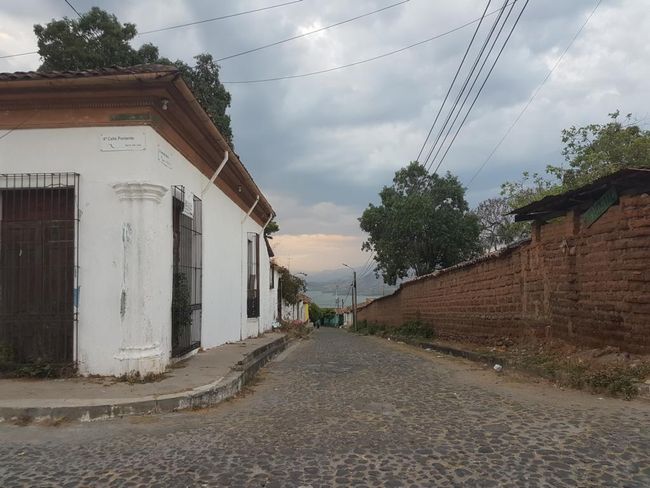
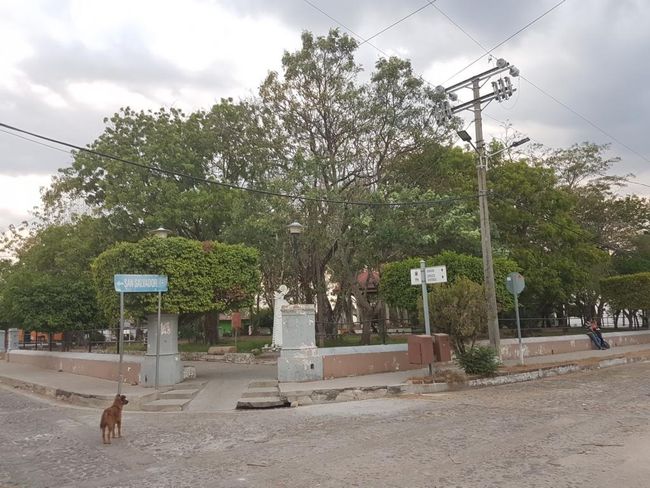
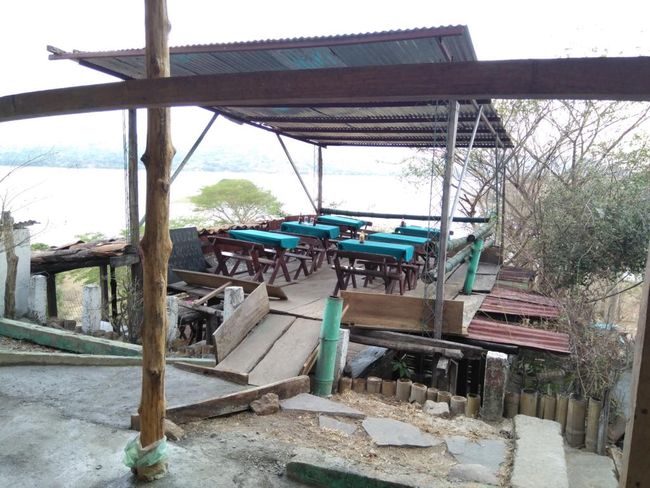
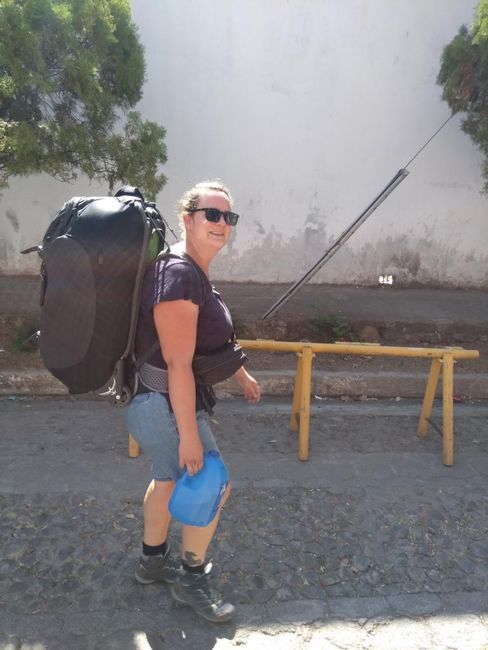
Iscriviti alla Newsletter
Suchitoto is considered one of the most beautiful towns in El Salvador. And it truly is. But that's about it. You can easily see the colonial and charming town center in half a day, and there isn't much else to do that would fill up a whole day.
On the internet, we found a tour operator that offers a pupusa cooking class. Since we didn't have much to do anyway, we signed up for it. The cooking class took place at the house of an American named Roberto and was conducted by his Salvadoran wife Tita. Roberto is a friendly and talkative guy who clearly enjoys sharing his stories in his native language and translating the cooking class into English, so Tita hardly got a chance to speak. Nevertheless, it was a lot of fun to prepare the ingredients and then shape and grill the pupusas with Tita. Each of us made 3 pupusas, and we were allowed to choose the ingredients ourselves:
Pupusas are essentially dough patties filled with a variety of ingredients and then grilled. They are made from either cornmeal or rice flour, just flour and water. They can be filled with anything, but the most typical fillings are cheese (which is always included), bean paste, chicken, chicharron (a kind of powder made from repeatedly cooked pork), spinach, or carrots. Theoretically, you can use anything that can be chopped up and mixed into the dough.
We made the first one according to a classic Salvadoran recipe: revuelta (with cheese, bean paste, and chicharron). This pupusa was the least tasty to me, as I didn't like the chicharron.
The second one contained cheese, bean paste, and garlic. This one was super delicious! We had already eaten pupusas with cheese and beans before, so we knew we would like them. The garlic really added something special to it!
For the third one, we followed a somewhat unusual secret tip from Roberto: with avocado and jalapeño. Looking back, we were a little too cautious with the jalapeños, it could have been a bit spicier. But the pupusas were still very tasty!
The cooking class only lasted about an hour, but we stayed and chatted with Roberto after the meal. He has some amusing stories from El Salvador and also gave us many great tips on what to do in the area. For example, you can go for a hike to several waterfalls around Suchitoto. However, after our waterfall tour on the Ruta de Flores, we had had enough of waterfalls for now. But he recommended a women's cooperative where you can take indigo dyeing classes. That sounds good, something active that adds some variety to our program!
So the next day, we set out to find this women's cooperative. And even though we were once again a bit late, the ladies were immediately ready to do a dyeing class with us in the afternoon. Calling it a class might be a bit of an exaggeration, the whole thing only lasted about 1 hour. Normally, a scarf is dyed, but since we had just woven a scarf each, we asked if something else was possible. So the ladies quickly sewed a t-shirt for Jörg and a skirt for me out of white fabric that we could dye.
We had already visited an indigo workshop, so the explanations were not completely new to us. Nevertheless, it was fun to dye our own clothing. It was interesting to learn that the dyeing vat is used for several years. A basic mixture of color and water is made once, which is then heated up and provided with new indigo powder, according to the amount of textiles to be dyed. It is also fascinating that the textiles are green after dyeing. The fabric only turns blue through oxidation in the air.
In the cooperative, there are 8 women who all live outside of Suchitoto and commute about an hour each way every day. They sew and dye the textiles, which they mainly sell at tourist markets throughout El Salvador.
In the evening, we took a walk down to the small lake next to Suchitoto and enjoyed a cold beer there.
Iscriviti alla Newsletter
Risposta (1)
Manuela
Wie sieht den Dein Rock aus.......das T—Shirt von Jörg sieht ganz toll aus....👍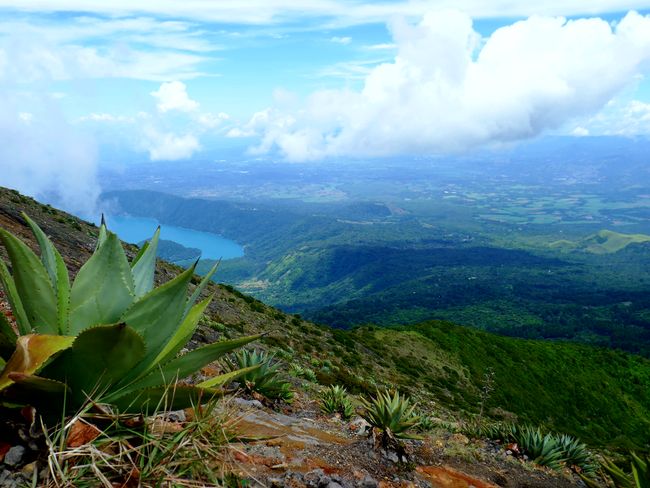
Rapporti di viaggio El Salvador

